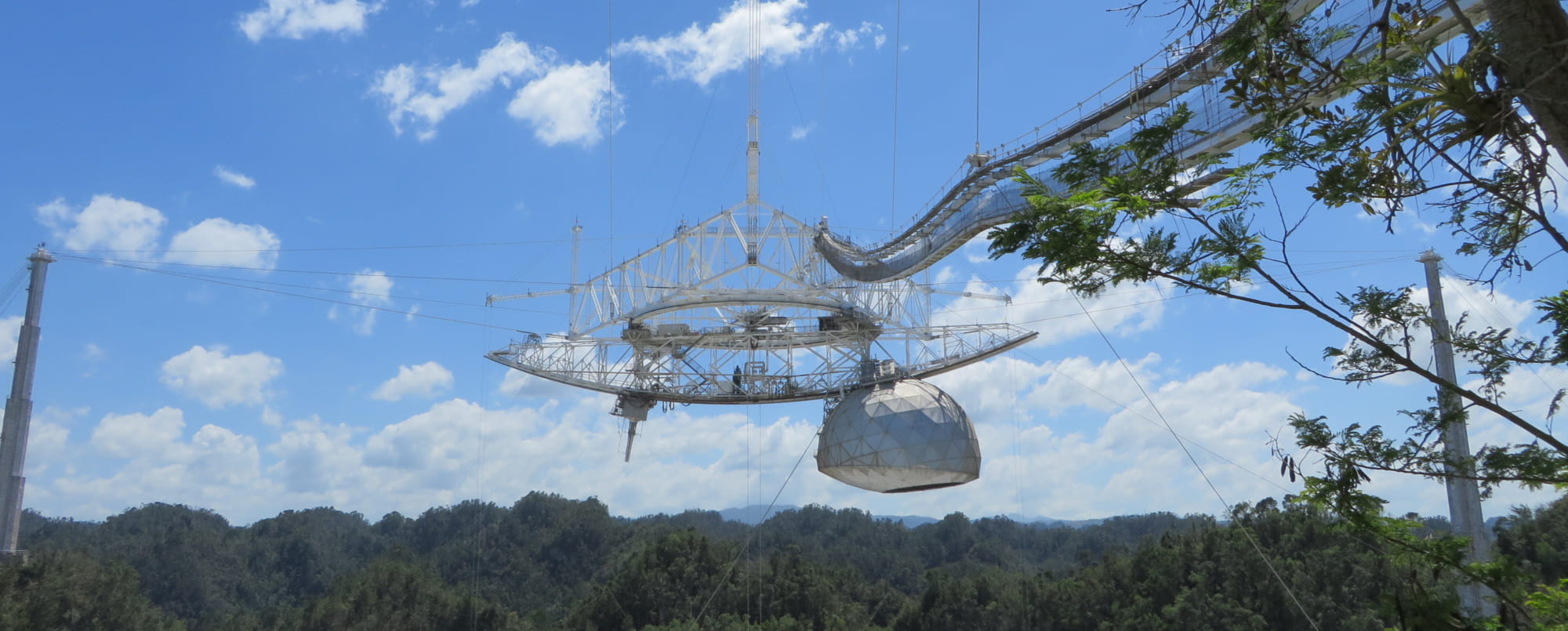Sorry, this entry is only available in 日本語.

Interlink Co., Ltd. offers more than 1,000 TLDs. This website focuses on about 50 types of "island domains" such as .cc, .tv, .sx, etc. operated by remote islands in the South Pacific and Caribbean. We will explore these islands first hand and report on the uniqueness and diversity of the islands and the domains they offer.